Paleogeneticists at Mainz University have found evidence of lactase persistence in only a small proportion of human bones from the Bronze Age battlefield in the Tollense valley.
The human ability to digest the milk sugar lactose after infancy spread throughout Central Europe in only a few thousand years. This is the conclusion reached by an international research team led by Johannes Gutenberg University Mainz (JGU). The researchers analyzed genetic material from the bones of individuals who had fallen in a conflict around 1200 B.C. on the banks of the Tollense, a river in the present-day German state of Mecklenburg-Western Pomerania, and reported their findings in Current Biology recently. The researchers found that only around one in eight of the assumed warriors had a gene variant that enabled them to break down the lactose in milk. “Of the present-day population living in this same area, around 90 percent have this lactase persistence,” explained population geneticist Professor Joachim Burger of JGU, the lead author of the study. “This is a huge difference when you consider that there cannot be many more than 120 human generations between then and today.” Aside from lactase persistence and a few other genetic variants, the genomes of the Tollense people are similar to that of today’s inhabitants of northern Germany and the Baltic Sea region.
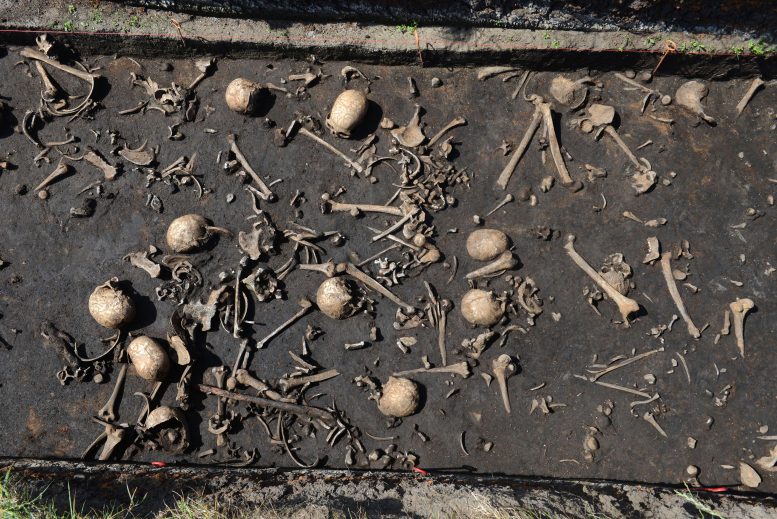
So far, bones from more than 100 individuals have been discovered on the battlefield. Credit: Stefan Sauer / Tollense Valley Project
“The only way to explain this difference between these Bronze Age people and those of today is very strong natural selection,” emphasized biologist Professor Daniel Wegmann of the University of Fribourg in Switzerland, who also played a leading role in the study. “We conclude that over the past 3,000 years, lactase-persistent individuals had more children or, alternatively, those children had better chances of survival than those without this trait.” The researchers calculate a remarkable selective advantage: “In each generation lactase-persistent individuals have a six percent greater chance of surviving to reproductive age than non-lactase-persistent individuals,” added Professor Joachim Burger.
Back in 2007, Burger and his team established that almost none of the first sedentary farmers in Europe were lactase-persistent. “It is astonishing that at the time of the battle at the Tollense, more than 4,000 years after the introduction of agriculture in Europe, lactase persistence in adults was still so rare,” said Burger. However, there is as yet no definitive answer to the question: Why did being able to digest the sugar in milk after infancy provide such a big evolutionary advantage? “With milk being a high-energy, relatively uncontaminated drink, its ingestion may have provided greater chances of survival during food shortages or when supplies of drinking water were contaminated. Particularly during early childhood, in the years shortly after weaning, this factor often may have been decisive amongst prehistoric populations,” Burger concluded.
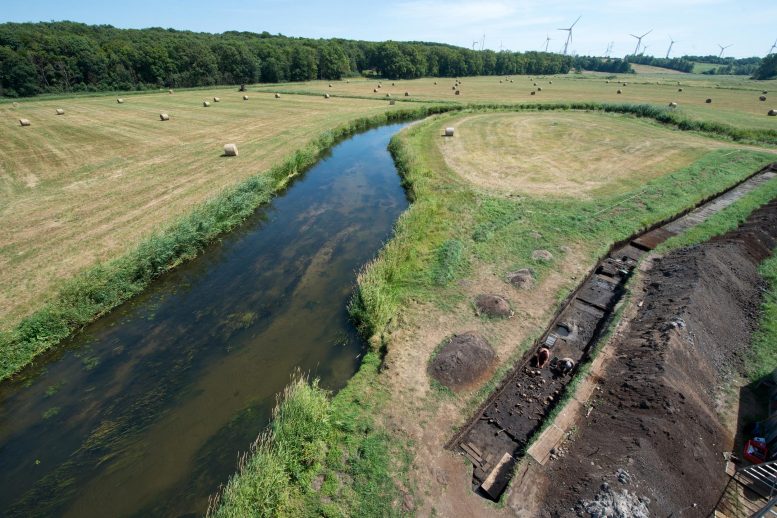
Archaeologists have been systematically searching a section along the Tollense river for more than 10 years. Credit: Stefan Sauer / Tollense Valley Project
The study, which was funded by the German Federal Ministry of Education and Research (BMBF) and the German Research Foundation (DFG), also involved analyzing the genetic material in Bronze Age bones found in Eastern and South-Eastern Europe for comparison. The scientists found that these also showed low frequencies of lactase persistence. Even in bones from individuals from the Eastern European steppes, where previous studies had suspected adult lactase persistence may have originated, the trait was completely absent.
The conflict in the Tollense valley is considered the oldest known battle in Europe. Remains were first discovered there in the 1990s. For over ten years now, archaeologists have been systematically searching a kilometer-long section along the river. So far, the bones of more than 100 individuals have been discovered, many of them exhibiting signs of violent combat. Many still contain arrowheads, while some skulls look to have been crushed by blunt objects. Several thousand men are estimated to have been involved in the conflict, some of whom may have been on horseback.
Read Genetic Analysis of Bones From a Bronze Age Battle Reveal Lactose Tolerance Quickly Spread Throughout Europe for more on this research.
Reference: “Low Prevalence of Lactase Persistence in Bronze Age Europe Indicates Ongoing Strong Selection over the Last 3,000 Years” by Joachim Burger, Vivian Link, Jens Blöcher, Anna Schulz, Christian Sell, Zoé Pochon, Yoan Diekmann, Aleksandra Žegarac, Zuzana Hofmanová, Laura Winkelbach, Carlos S. Reyna-Blanco, Vanessa Bieker, Jörg Orschiedt, Ute Brinker, Amelie Scheu, Christoph Leuenberger, Thomas S. Bertino, Ruth Bollongino, Gundula Lidke, Sofija Stefanović, Detlef Jantzen, Elke Kaiser, Thomas Terberger, Mark G. Thomas, Krishna R. Veeramah and Daniel Wegmann, 3 September 2020, Current Biology.
DOI: 10.1016/j.cub.2020.08.033

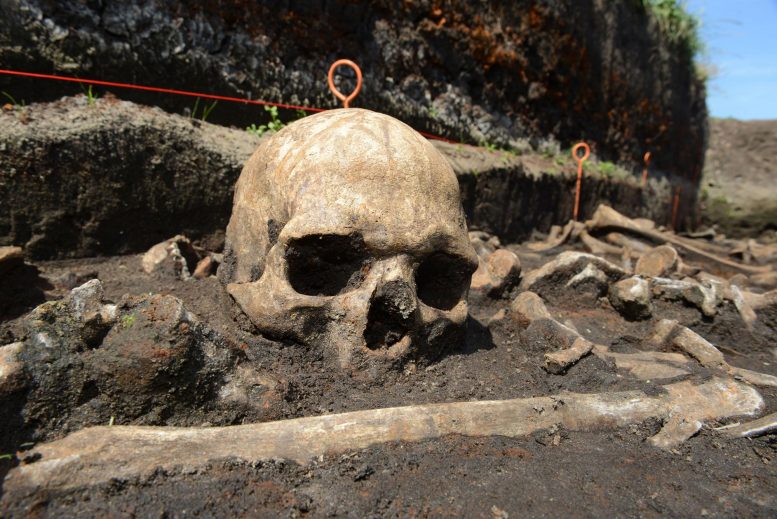
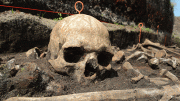
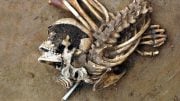




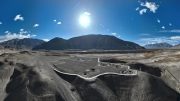
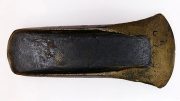
Why would humanoids need to develop a tolerance to lactose? Presumably breast has always been best…Now I’ve heard of intolerance to the milk of lesser creatures; however that makes sense since imbibing the milk of non human animals is unnatural ipso facto.